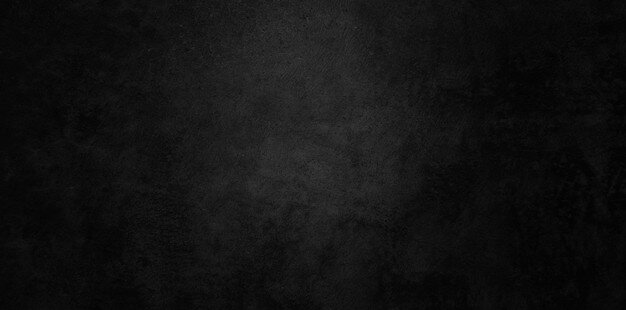I think I already posted this, but it is interesting enough (to me) to warrant re-posting...
Los Alamos From Below: Reminiscences 1943-1945, by Richard Feynman
WHEN I say "Los Alamos From Below"' I mean that, although in my field at the present time I'm a slightly famous man, at that time I was not anybody famous at all. I didn't even have a degree when I started to work with the Manhattan Project. Many of the other people who tell you about Los Alamos - people in higher echelons - worried about some big decisions. I worried about no big decisions. I was always flittering about underneath.
So I want you to just imagine this young graduate student that hasn't got his degree yet but is working on his thesis, and I'll start by saying how I got into the project, and then what happened to me.
I was working in my room at Princeton one day when Bob Wilson came in and said that he had been funded to do a job that was a secret, and he wasn't supposed to tell anybody, but he was going to tell me because he knew that as soon as I knew what he was going to do, I'd see that I had to go along with it. So he told me about the problem of separating different isotopes of uranium to ultimately make a bomb. He had a process for separating the isotopes of uranium (different from the one which was ultimately used) that he wanted to try to develop. He told me about it, and he said, “There's a meeting --.”
I said I didn't want to do it.
He said, “All right, there's a meeting at three o'clock. I'll see you there."
I said, “It's all right that you told me the secret because I'm not going to tell anybody, but I'm not going to do it."
So I went back to work on my thesis - for about three minutes. Then I began to pace the floor and think about this thing. The Germans had Hitler and the possibility of developing an atomic bomb was obvious, and the possibility that they would develop it before we did was very much of a fright. So I decided to go to the meeting at three o'clock.
By four o'clock I already had a desk in a room and was trying to calculate whether this particular method was limited by the total amount of current that you get in an ion beam, and so on. I won't go into the details. But I had a desk, and I had paper, and I was working as hard as I could and as fast as I could, so the fellows who were building the apparatus could do the experiment right there.
It was like those moving pictures where you see a piece of equipment go bruuuuup, bruuuuup, bruuuuup. Every time I'd look up, the thing was getting bigger. What was happening, of course, was that all the boys had decided to work on this and to stop their research in science. All science stopped during the war except the little bit that was done at Los Alamos. And that was not much science; it was mostly engineering.
All the equipment from different research projects was being put together to make the new apparatus to do the experiment - to try to separate the isotopes of uranium. I stopped my own work for the same reason, though I did take a six-week vacation after a while and finished writing my thesis. And I did get my degree just before I got to Los Alamos - so I wasn't quite as far down the scale as I led you to believe...
http://calteches.library.caltech.edu/34/3/FeynmanLosAlamos.htm



